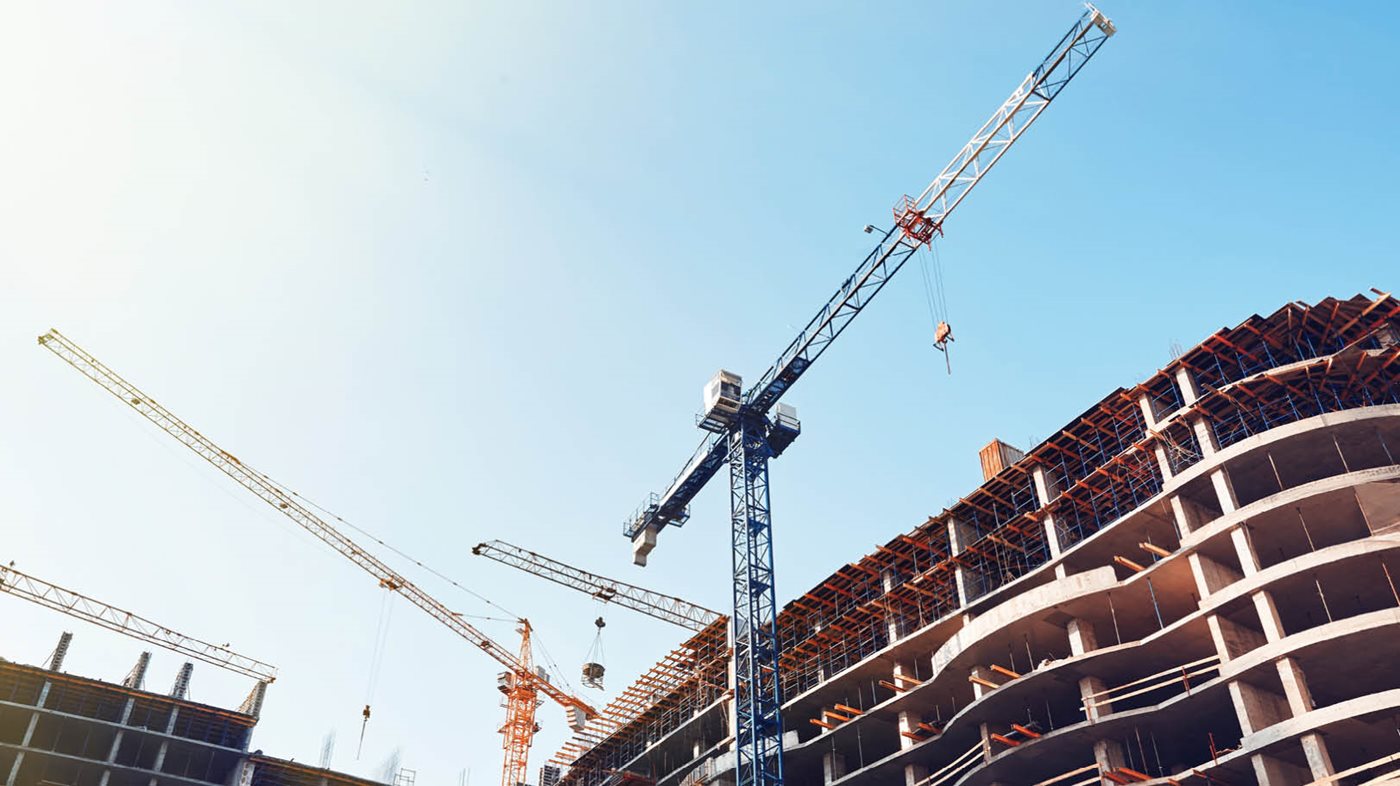When Greece suffered devastating wildfires in 2022, Australian firefighting expertise came to the rescue.
Austrade engaged in a multi-agency effort to help Australian aircraft quickly redeploy to Greece and fill an urgent supply gap.
This rapid response is now opening partnership opportunities between Australia, Greece and the wider European region.
It also showcases Australia’s ability to help combat extreme weather events in Europe – especially during the Northern Hemisphere summer.
Australian firefighters help douse Greek wildfires
In 2021, Greece experienced its worst fire season in recent history. This affected approximately 309,000 acres. Australia helped out: helicopters brought to Europe undertook 986 water-bombing operations over 155 flight hours.
In 2022, wildfires struck again. Australian expertise and equipment were once more in demand.
Austrade teams in Milan, Prague and Canberra co-ordinated a major response operation during March and April 2022. They introduced Greece’s General Secretariat for Civil Protection to Australian firefighting companies to bolster national firefighting resources.
They also worked directly with the Australian Embassy in Athens.
The result: Australian companies Kennedy Air and Pay’s Air Service won major contracts to provide Greece with firefighting aircraft.
Australia’s counter-seasonal contribution
Australia is uniquely placed to help.
There is limited demand for Australia’s advanced firefighting resources during the Southern Hemisphere winter. This means Australian firefighting equipment – plus pilots and maintenance crew – are available to help during Northern Hemisphere summers.
Also, Australian firefighters have ideal experience. They regularly work closely with government agencies.
‘It is very hard to get any aircraft out of North America or Canada during the European summer as it clashes with their fire season … so the gap in the market has been filled by Australia,’ says Kennedy Air’s founder, Andrew Kennedy.
Austrade helps bring agencies and companies together
Austrade played a major role in co-ordinating the firefighting response. Advisers believe this will help Austrade fulfil a similar role in the future.
‘The partnership between Greece and Australia is the first in its field and opens doors for significant further collaboration,’ says Zdenka Kotalova, Senior Business Development Manager, Austrade Prague.
‘At Austrade, we look forward to continuing this important work alongside the Greek Government, our colleagues at DFAT and our Australian companies.’
Australia shares world-leading firefighting expertise
Prospects look good. The milestone partnership between the Greek Government and Australian firefighting companies has created opportunities for further collaboration in firefighting and emergency response.
This includes providing specialist training and maintenance, repair and operations (MRO) for firefighting services.
The partnership also enabled Australia to demonstrate its world-leading firefighting expertise.
For almost 70 years, Australia’s national science agency, the Commonwealth Scientific and Industrial and Research Organisation (CSIRO), has worked with industry on fire prediction, management, behaviour and recover.
Scientific collaboration has helped Australia develop world-leading assets and capabilities. These include fire-tanker protection systems, firefighter training, weather and smoke forecasting, and fire-safe material.
Australia and Europe collaborate on energy transition
The collaboration on firefighting comes as Australia and Europe work more closely on technologies to manage climate change.
Major European offshore wind companies are investing heavily in Australia. This includes Spanish companies BlueFloat Energy, Iberdrola and GPG, which are investing in wind and solar projects in Australia.
Australia is also rapidly expanding its resources sector to help European industry transition to clean energy technology. This includes attracting investment in critical minerals resources needed to develop solar panels, electric vehicles, hydrogen electrolysers and other low-carbon technologies.
Australia has also developed a national strategy to become a major hydrogen producer by 2030.








